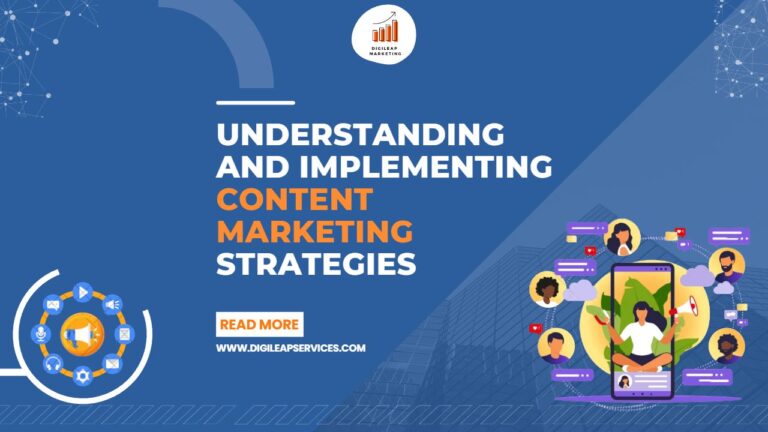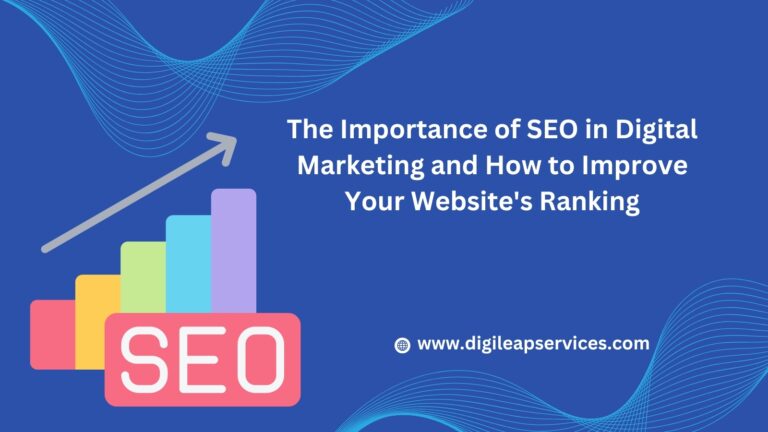SMM strategy for your small business
Whether you are a small business owner or a startup owner, business strategies are all you can possibly think of. Growing and amplifying sales are your primary motives. With the shift in the marketing styles, that is digital marketing, the way people think, buy and make payments has definitely changed.
One of the biggest aspects of digital marketing is social media marketing (SMM). Many people often believe that digital marketing equals social media. But let me clear the air here, social media is a subpart of digital marketing.
Investing in a social media strategy is the most important part if you want to grow your small business. Social media provides you with the opportunity to interact with a wide audience. It increases your brand awareness; it helps you measure the brand sentiment through posts and social listening. As a small business owner, you already have a lot of things on your plate.
Hence, I’m here to help you figure out your social media strategy. Trust me, it’s not that difficult. SMM strategies can really help you figure your social platforms and help you gain sales from them.
But before we dive in, let’s see what social media marketing strategy is…
Social media is a platform which requires you to invest time and ideas. So social media strategy lets you have an outline of how and what your social media pages would look like. You set your social goals and thus plan accordingly. It helps you track your progress and thus make necessary changes.
So now let’s start!!
Social media marketing strategies:
Choose your goals:
When you know what you are working for or what results you are expecting, you work harder and faster. Having a goal clears your plans.
Without goals, you won’t be able to access your progress and ROI (return on investment). You need to be specific about your goals. Similarly, your goals should be attainable and not imaginary. It shouldn’t be like you are expecting 1 million followers within one month of starting. Start slowly, measure your goals and steps.
One thing you need to keep in mind is that you need to be time bound. If you set a goal, postpone nothing, don’t settle until you get it done.
Tracking:
It is easy to measure your followers or likes, but those likes and followers aren’t actual progress. The real valued progress is the insights and return you get. It’s the engagement you receive, click-through and, of course, the conversion rates. These are accounted for as progress.
Though, yes, every platform has different progress parameters, just make sure you know what you are working for.
Understand your audience
Whom are you selling to?
It’s the audience you are selling to, so make sure you know and understand your audience’s preferences. What they like and what they don’t, when the number of people are online, who engage with your posts and publications, who ignore, who like and what they expect from your brand. You need to know everything about your customer, so that you can develop marketing strategies according to that data.
Know our audiences’ age, gender, average income or how much they spend on online shopping per month, demographic information and so on.
Don’t assume
Assume nothing on the internet, always research first. If you assume that your audience on Facebook would like a certain product and you use all your power to make that product a success but it just doesn’t happen. Since you assumed your audience may like that, what if the audience or the platform is not suited best for that product? Maybe that product would have done better on other platforms rather than on Facebook.
Gather data about the social media platforms, what kind of audience is available on which platform.
For example, we know Instagram for its fashion bloggers and the glamour industry. Instagram users are usually teens or adults in their 20s and 30s. Now if you sell religious products to this audience, they wouldn’t like it, hence no engagement. I am not saying that you wouldn’t be able to sell at all, you will sell here and there, but it wouldn’t be the right audience and thus it would be very difficult to sell, since most of them aren’t interested.
Competitor analysis
What are the odds that your competitors are already using social media platforms for their benefit? Well, I would say pretty high. Since the digitalization has taken place, everyone is running to have a social media presence.
So don’t waste time and go grab a place for you too!
Analyse your competition, understand their tactics and marketing strategies.
Now let’s say your competitor is more active and focused on Facebook. Now they already have a place for themselves on that platform. So don’t steal their audience and fans, instead go look for other similar apps where you can gather a fanbase for yourself. If they put little to no effort on twitter, Instagram or Reddit, then you must conquer those platforms.
Besides this, track your competitor’s pages, know what they share, what people say about them.
Inspection time!
Do a social media inspection. Understand what’s working for you and what’s not working for you. Look out for the audience. Who is engaging with your content? Once you are done with the audit, then it’s time to make improvements and changes. So quick starting working!
Meanwhile, even look for fake accounts or replicas, accounts which use your posts or products to make fake pages like yours. They will definitely ruin your market and suppress your sales. So report them!!
Decide what works best for you:
Deciding which platform suits you the best is the most important, don’t market to the wrong audience.
After deciding the best platform for your brand, it’s time to make and improve your social pages. Make sure your profile is complete and the display picture is not missing. Use high-quality pictures, videos and content, obviously.
Content calendar
Now this is a must!
You can’t remember every post, or come up with post ideas at the time of posting. So building a calendar would help you understand your posts and publications. You would not run out of time, when you know the right time to post, but then if you cannot come up with an idea, it would suck.
So plan before your posts or videos or content that you need to post. Make sure you have everything ready beforehand, so that when you have to post, you don’t make embarrassing mistakes at the last minute.
After thoughts,
A social media marketing strategy is a vital step in your small business growth. Honestly, social media is not just necessary for small businesses but even for huge brands. Social media has conquered the entire world. So make sure to make room for your brand as well.
In case you struggle with digital marketing strategies and would like some assistance then contact the experts at Digileap marketing services and get advice from the experts.












